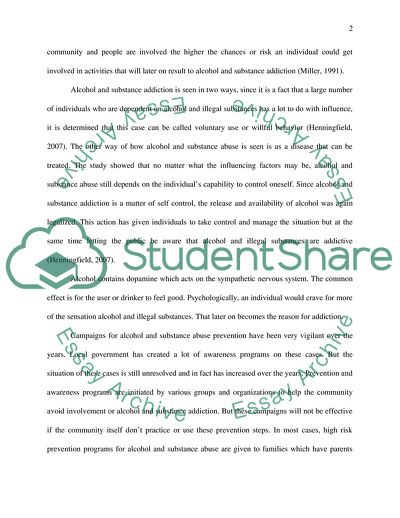Cite this document
(CoDependency Coursework Example | Topics and Well Written Essays - 2250 words, n.d.)
CoDependency Coursework Example | Topics and Well Written Essays - 2250 words. https://studentshare.org/psychology/1730983-codependency
CoDependency Coursework Example | Topics and Well Written Essays - 2250 words. https://studentshare.org/psychology/1730983-codependency
(CoDependency Coursework Example | Topics and Well Written Essays - 2250 Words)
CoDependency Coursework Example | Topics and Well Written Essays - 2250 Words. https://studentshare.org/psychology/1730983-codependency.
CoDependency Coursework Example | Topics and Well Written Essays - 2250 Words. https://studentshare.org/psychology/1730983-codependency.
“CoDependency Coursework Example | Topics and Well Written Essays - 2250 Words”. https://studentshare.org/psychology/1730983-codependency.


